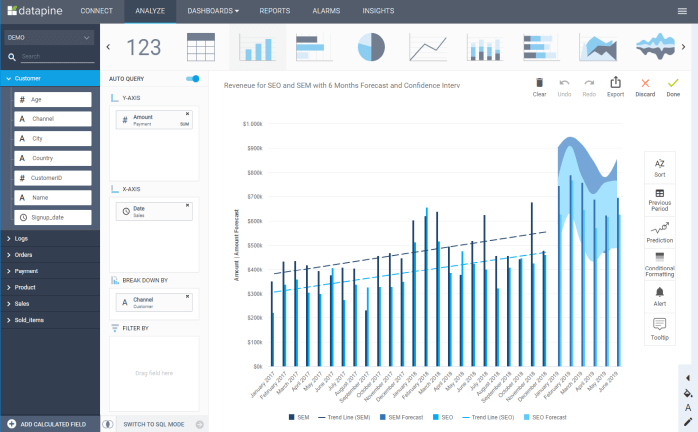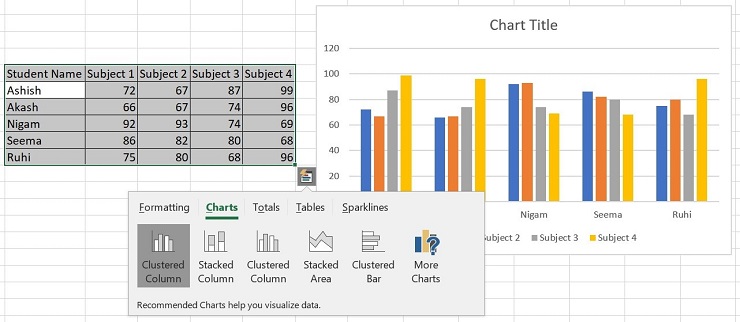
FIND function returns only case sensitive matches whereas the SEARCH function has no limitations. Both the functions are the same just with one major difference between them. If you are wanting to isolate specific text within a data set then FIND/SEARCH function can be used. With this formula, you can calculate average returns, price points, and margins. With this formula, you can multiply ranges or arrays together and then return the sum of the products. The function enables to add limitless criteria to the query. = AVERAGEIFS( avg_range, criteria-range1, criteria1,… )ĬOUNTIFS function can be used to count the number of instances a data set meets with specific criteria.

However, the criteria range and the sum range needs to be of the same size range.

The average can be different for each criterion and set of values. =MAXIFS( max-range, criteria-range1, criteria1,… )Īs the name suggests the function is used to calculate or find an average for a data set based on one or more than one criterion. =MINIFS( min-range, criteria-range1, criteria1,… ) It then looks for the minimum and maximum values and matches it with the criteria set. You just need to set the criteria and give it a set of values to work upon. MINIFS and MAXIFS are similar to knowing minimum and maximum value. =VLOOKUP(LOOKUP-VALUE, TABLE_ARRAY, COL_INDEX_NUM, ) Well, in case you set the range to TRUE then it will look for an approximate match but if you set the range to FALSE then it will lookup for an exact match. Now, you might be wondering what role does exact and approximate offer. These two modes are controlled by the range of lookup.

Exact and approximate are two modes of matching that VLOOKUP offers. VLOOKUP formula is used to match the data from a table with input data.


 0 kommentar(er)
0 kommentar(er)
